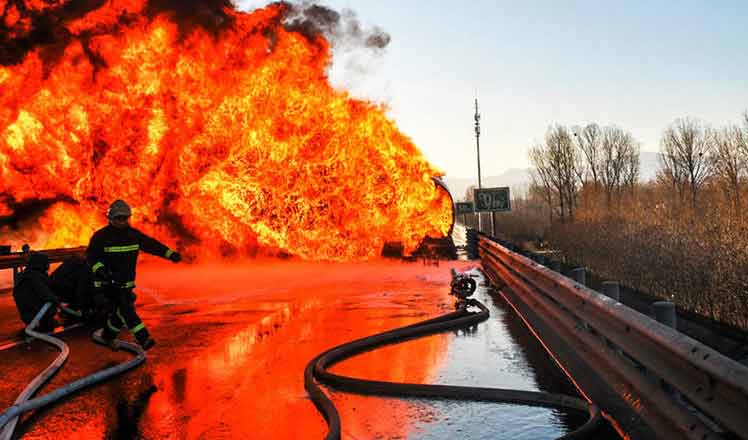Smog has silver lining for scientists
 |
|
Buildings are engulfed in smog in Beijing, Dec 8, 2016. [Photo/IC] |
It seems impossible these days to escape the Great London Smog.
Not literally, of course. It is now 64 years since the sulfurous yellow blight descended on the British capital, blocking the daylight for five days and killing at least 4,000 people before it was carried off by the wind.
Thanks to a glossy new must-see TV series, in which London's most notorious pea-souper plays a supporting role, a new generation has now been introduced to an era of fog, austerity and gloom. But more of that later.
More important, a team of Chinese, American and British scientists has finally solved the mystery of what turned the 1952 smog into a mass killer. The research, led by Renyi Zhang, a Nanjing-educated atmospheric scientist at Texas A&M University, included data from Beijing and Xi'an, two heavily polluted Chinese cities.
It has long been known that the 1952 smog coincided with a period of cold, windless weather that trapped a pall of pollutants, mostly linked to coal-burning, above the city. The new findings, published at the end of November in the Proceedings of the National Academy of Sciences, relied on recreating the smog in a lab to determine precisely how sulfur dioxide in the air was turned into deadly sulfuric acid. The scientists found that the main difference between China's pollution and the London smog is that in China much smaller airborne particles are involved.
"In China, sulfur dioxide is mainly emitted by power plants. Nitrogen dioxide is from power plants and automobiles, and ammonia comes from fertilizer use and automobiles," Zhang said in a statement. "Interestingly, while the London fog was highly acidic, contemporary Chinese haze is basically neutral." He said the new understanding of air chemistry would foster effective regulatory action in China.
"We think we have helped solve the 1952 London fog mystery, and have also given China some ideas on how to improve its air quality," Zhang wrote.
Which brings us to The Crown.
It is the latest multipart megaseries from Netflix, tempting viewers with a sometimes rosy vision of the early reign of Queen Elizabeth. Episode 4 has every Londoner, from the newly enthroned monarch to an increasingly senile Winston Churchill, then British prime minister, wrestling with the smog crisis.
Churchill had boosted the production of coal. In those postwar years it was virtually the only means of domestic heating for most of the city. In the series, his failure to tackle the long-term pollution problem is shown as threatening his government.
Personally, I remember the Great Smog rather fondly. For us kids, unaware that as many as 100,000 people were coughing their way to emergency care, or that as many as 12,000 might eventually die from the effects of the pollution, it was something of an adventure.
In those days before health-and-safety consciousness, we were allowed out to see how far we could stretch our fingers before they disappeared into the gloom. Bonfires blazed outside bus stations to guide what were then virtually the only vehicles on the streets.
In a sense, the Great Smog marked the end of the wartime era, which had carried on since 1945. Rationing was to last for another two years. Money was still in short supply, as were things to spend it on. Inner London was still scarred with bomb sites.
But a corner had been turned. The Great Smog at last prompted some action on urban pollution. By 1956, the first Clean Air Act came into force, and the use of raw coal was eventually banned.
Pea-soupers, once an essential prop in literary portrayals of London from Charles Dickens to Arthur Conan Doyle, became a distant memory.
By chance, I recently met a man who was a producer of The Crown and responsible for its smog sequences. He asked me, as a survivor, how I thought he had done.
I told him: "You could have made it thicker."
The author is a senior editorial consultant for China Daily UK.




















